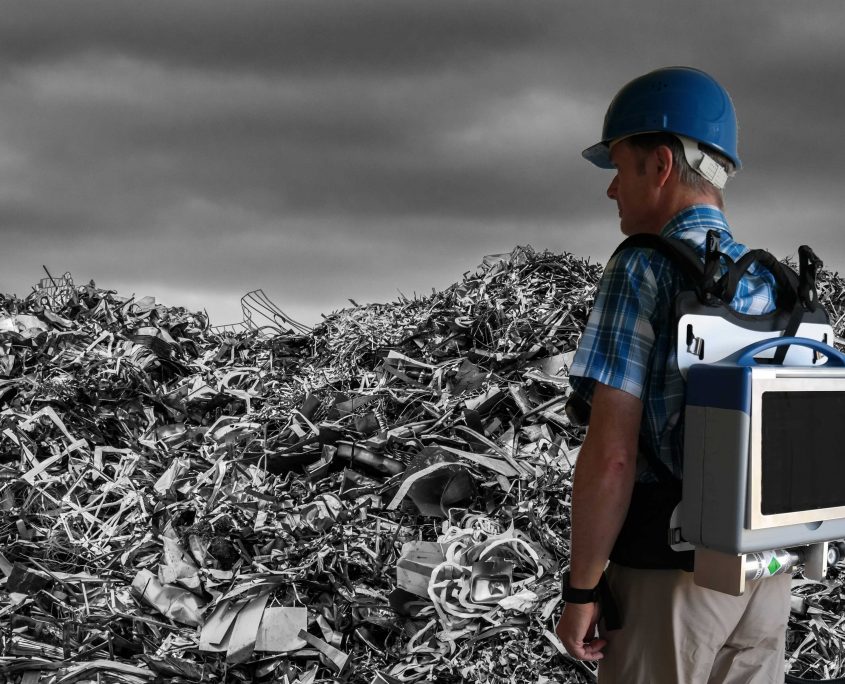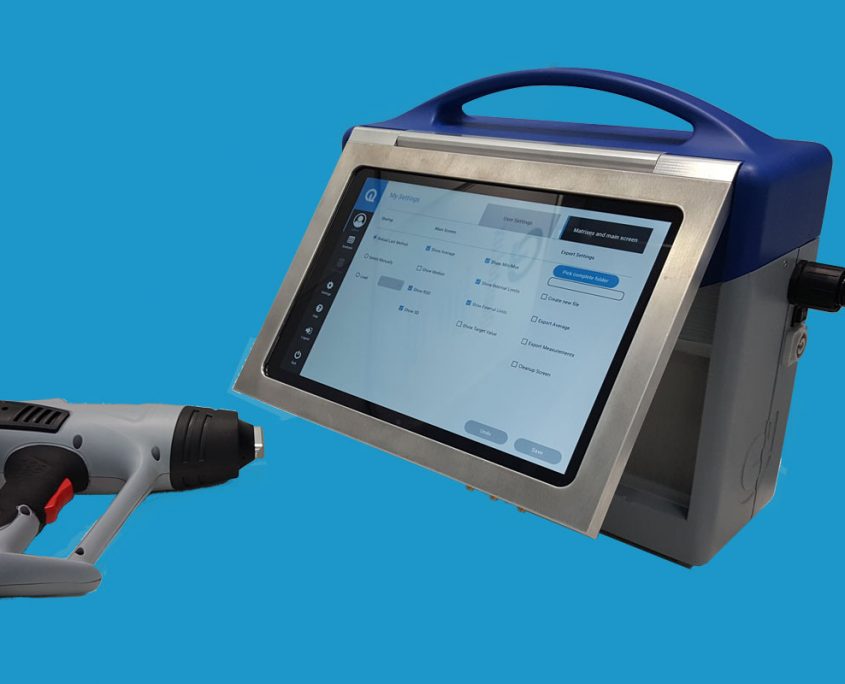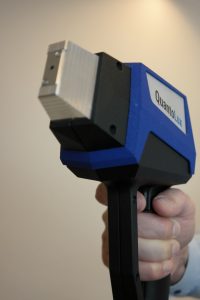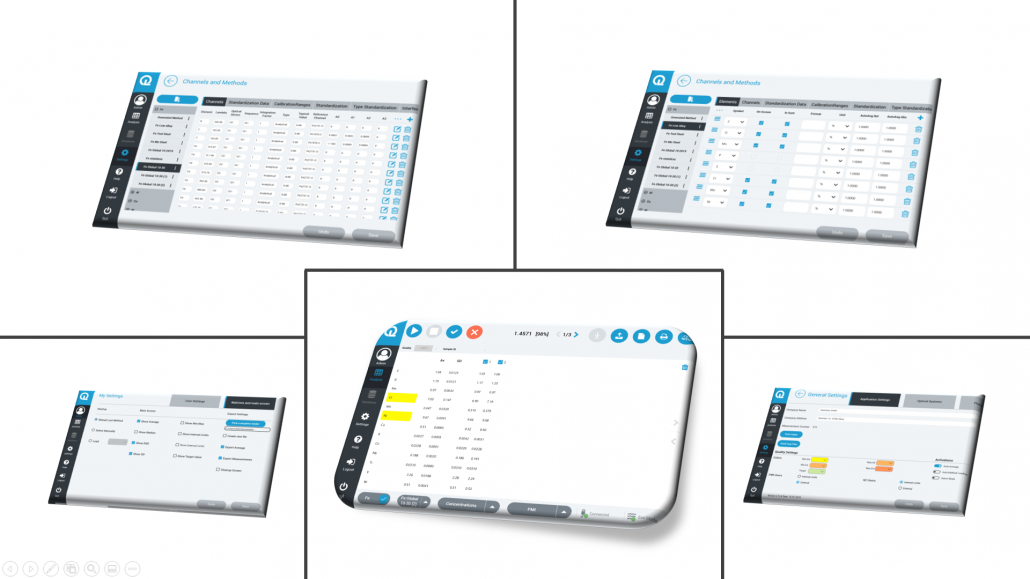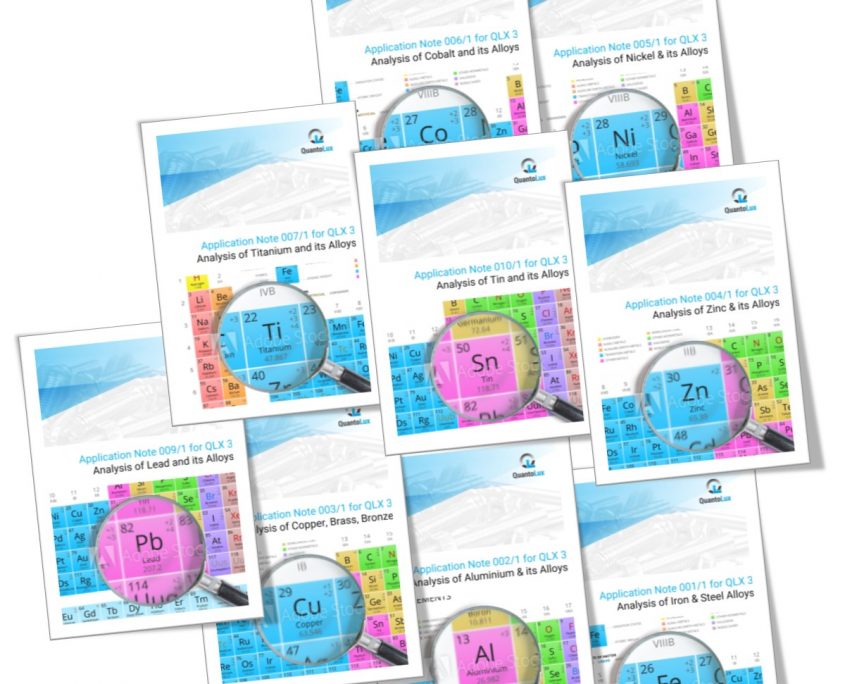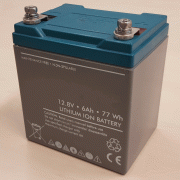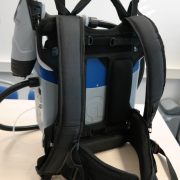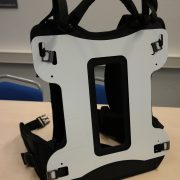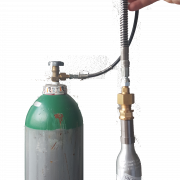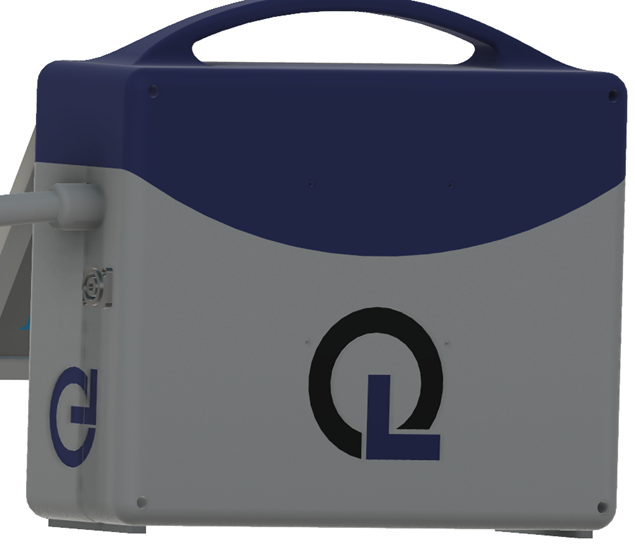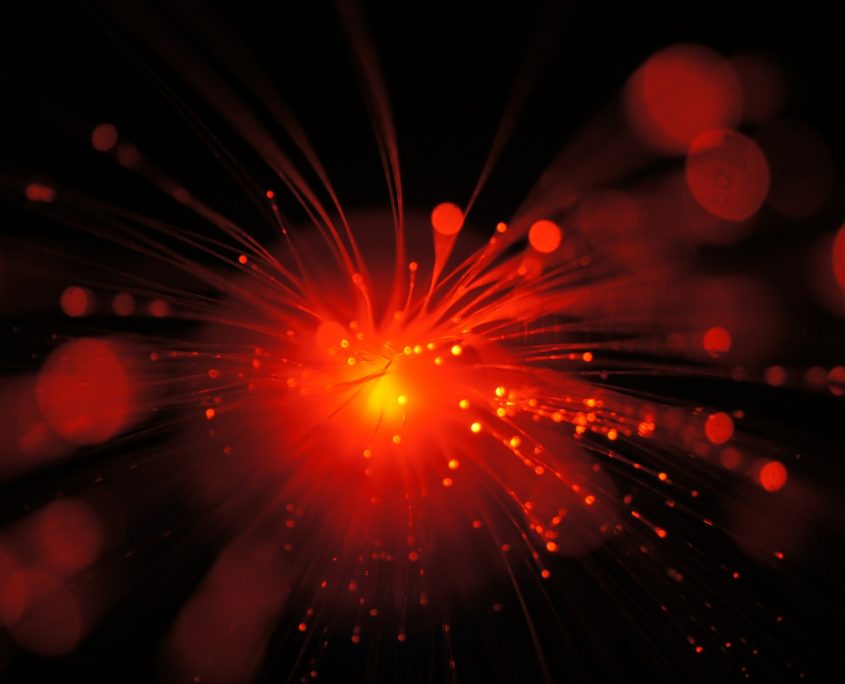QLX1 features latest technologies in excitation, detection and digital concept.
In contrast to classical spark spectrometers, QLX1 uses a laser to excite the sample and generate a plasma. We call this laser-OES, but the technology is also referred to as LIBS.
It offers some distinct advantages:
- small burnspot
- no or low argon
- no electrode cleaning, no cross contamination
The detectors used in QLX1 are CMOS sensors. They are technically superior to previously used CCDs in many aspects: spectral response, dynamic range, speed. They allow single-pulse detection, a technology used for micro-analysis, depth profiling, and also to identify outliers and, thus, improve the precision of the instrument.
Finally, various digital services and general IoT functions, provide value propositions unseen in this type of instrument before.




